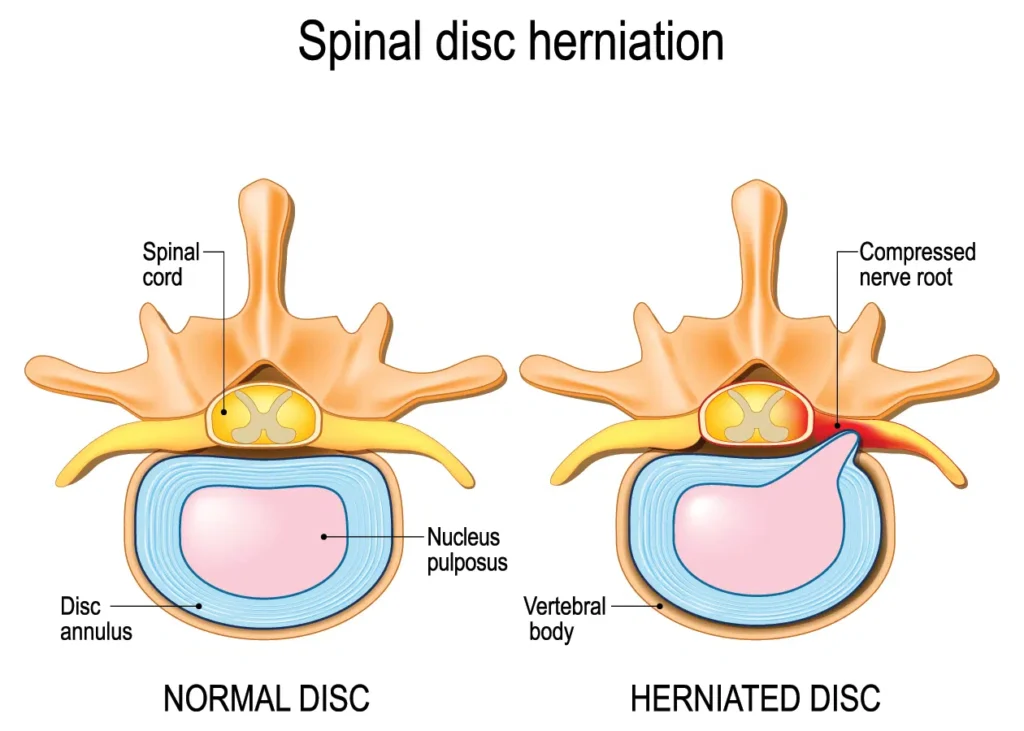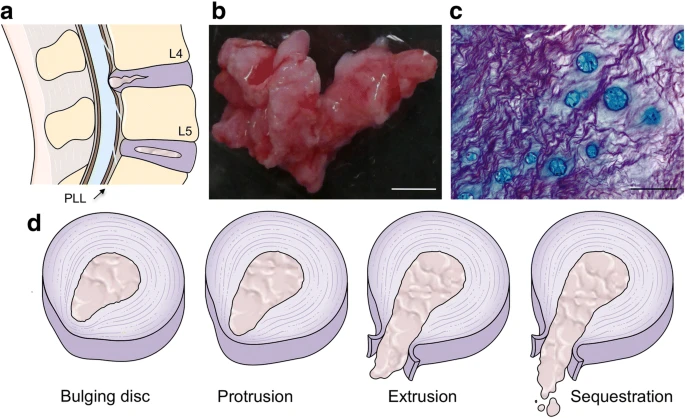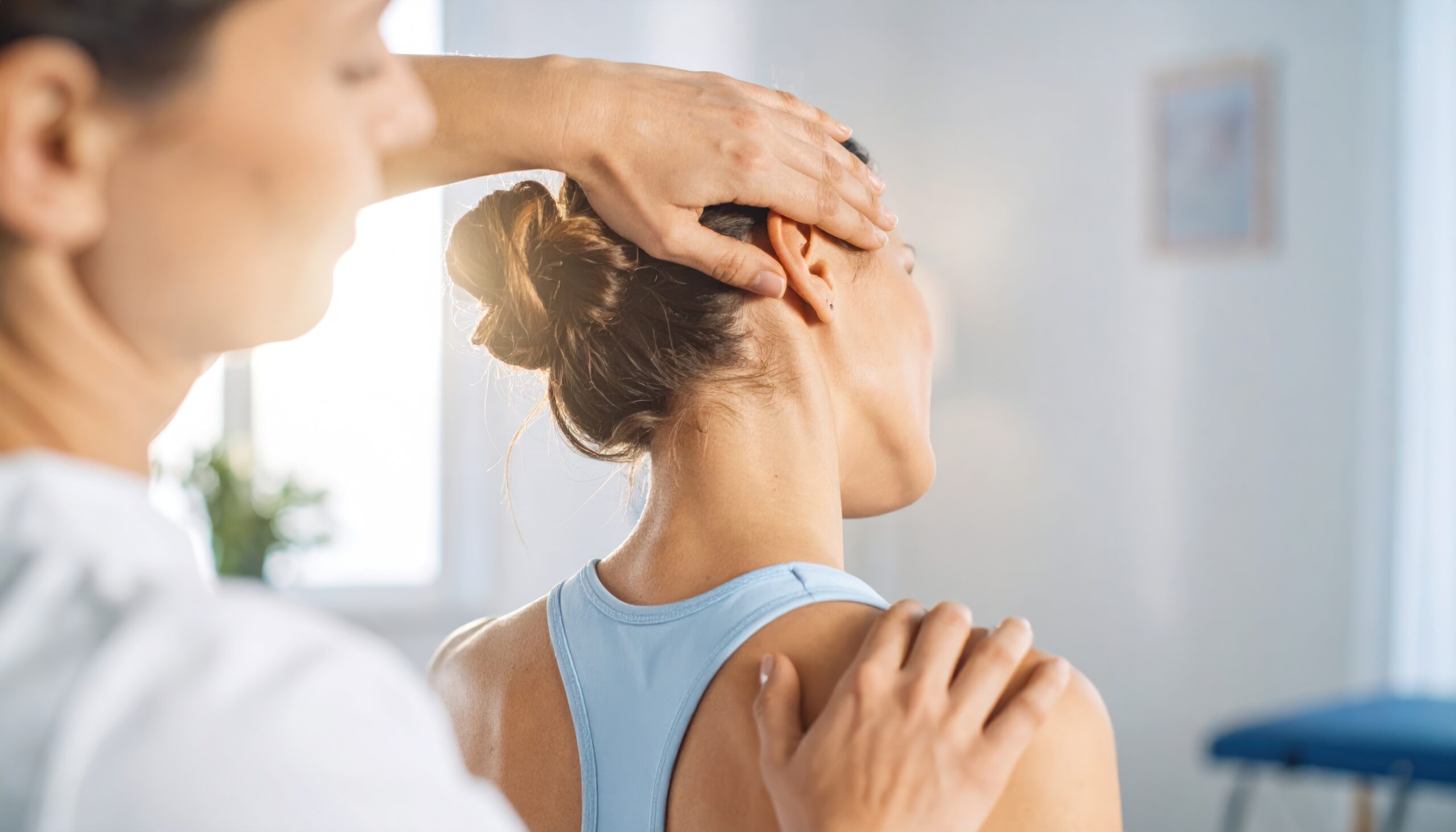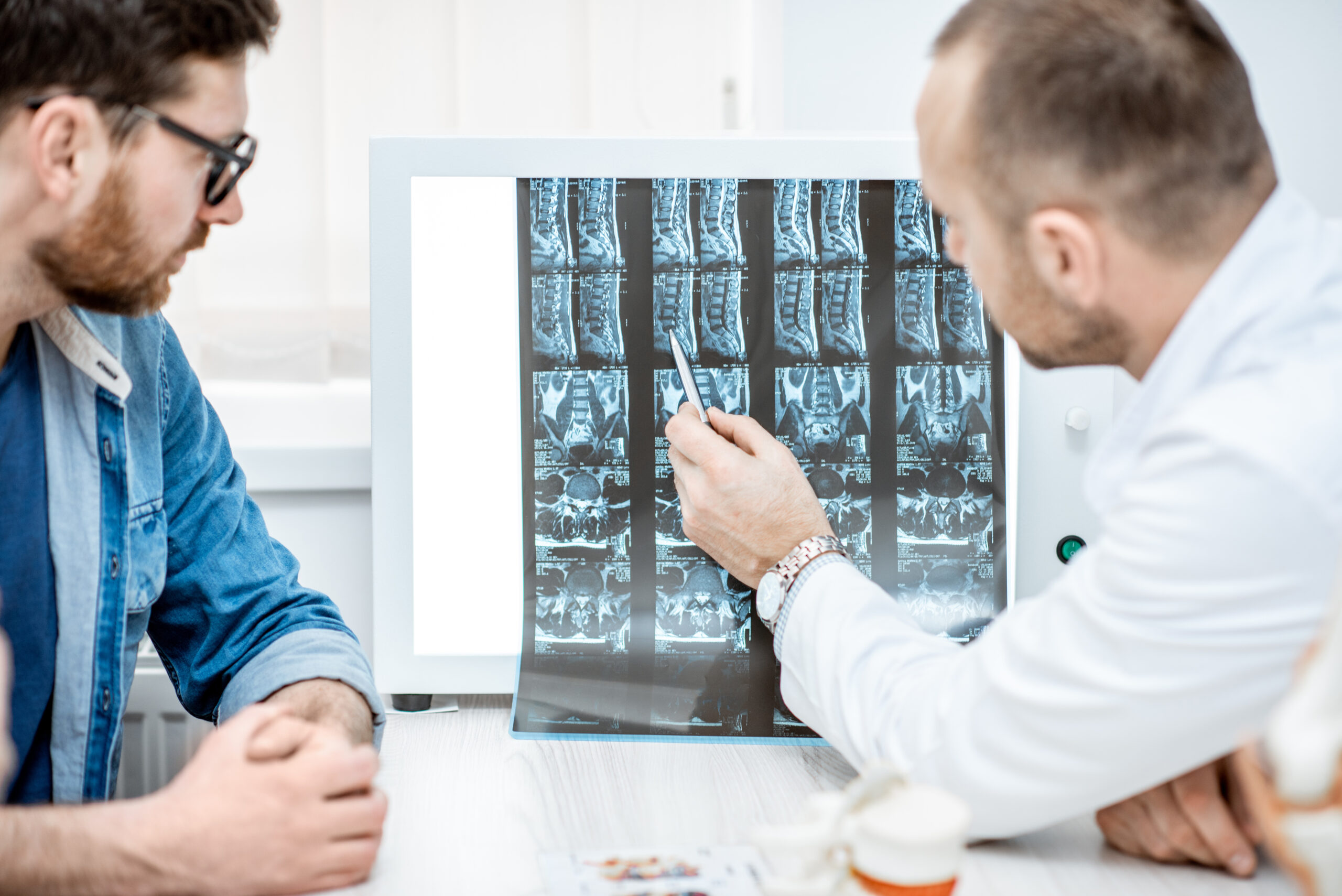
Most humans have 24 vertebrae that make up their spinal column. These vertebrae are cushioned by 23 discs, with a disc tucked between each bone. For most people, these discs work as shock absorbers and allow you to bend and move comfortably; however, they occasionally get pushed out of place. This is known as a slipped disc or a herniation.
There are times when a slipped disc will heal on its own, especially with the help of physical therapy exercises, hot and cold therapy, and medication. Unfortunately, there are other times when the herniation gets worse and the patient’s pain increases. If you have a slipped disc, your doctor will go over the various types of herniations you might have. For example, your treatment plan might depend on whether your disc is an extrusion or protrusion.
It is essential to work with a doctor you trust to address your herniation. Dr. Todd H. Lanman, a board-certified spinal neurosurgeon, is one of the leading medical professionals treating herniated discs. He has more than 30 years of experience and has published several articles and book chapters on spinal health. He has also undergone spinal surgery himself, which gives him a unique perspective of the patient experience.
Learn more about the differences between a disc extrusion and a protrusion so you can understand your treatment needs and how Dr. Lanman can help you.
Disc Extrusion

Your spinal discs are made up of two components: a tough outer covering (known as the annulus) and the jelly center (known as the nucleus). Together, these two elements provide support to your vertebrae while absorbing shocks caused by walking, jumping, and falling. A disc extrusion occurs when the nucleus pushes out of the annulus. This could be caused by a tear in the annulus or there could be a weak area that the nucleus breaks through.
An extrusion could have a variety of causes. You could develop one naturally as you age or because of osteoarthritis. It’s natural for the annulus to wear out, causing the nucleus to break through. This herniation can also occur suddenly because of trauma or overexertion. Patients who experience a disc extrusion often feel pain in their back that can travel to their butt, groin, or thighs. They also might feel numbness or weakness in their extremities. This occurs when the nucleus pushes into the nerve canal.
In many cases, the best approach is to let the herniation heal on its own. Your doctor will treat the symptoms, not the cause, and try to make you more comfortable while your herniation heals. However, an extrusion can become serious. If your herniation shows no signs of improvement over time, your doctor might recommend removing the slipped disc. They will replace it with an artificial model in an operation known as total disc replacement (TDR).
Disc Protrusion

Disc protrusion is also known as a bulging disc. It occurs when the disc itself is intact but is getting pushed out of place – both the annulus and the nucleus are moving into your nerve canal instead of supporting your vertebrae. The nucleus might still push your disc out of place, but the annulus stays together.
Disc protrusion is often considered milder than extrusion. Patients might not notice that they have a bulging disc, especially if it isn’t hitting any nerves. However, these herniations can also be painful if they advance to the point where they push into your nerve canal. Patients will experience many of the same potential symptoms, including back pain, numbness, tingling, and weakness in the extremities. It’s not uncommon for patients with disc protrusion to also develop radiculopathy, also known as a pinched nerve, in the spine.
If a bulging disc isn’t noticeable, then it will heal on its own without any treatment at all. People who have a healthy lifestyle or who aren’t prone to degenerative disc disease (DDD) might not realize they have a disc herniation at all.
Patients who are in pain can work with their doctor to address the issue and treat their discomfort. Your doctor will want to reduce the inflammation around your spinal disc and could ask you to meet with a physical therapist to learn stretches and exercises that will treat the herniation. Like the disc extrusion, if these non-invasive options don’t work, your doctor might recommend an artificial disc replacement operation.
Disc Extrusion vs. Protrusion: A Side-by-Side Comparison
| Disc Extrusion | Disc Protrusion |
|
|
What is the main difference between disc extrusion and disc protrusion?
The main difference between a protrusion and an extrusion is that the nucleus has broken out of the wall of the annulus with an extrusion. A protrusion can lead to an extrusion if the nucleus pushes hard enough and the annulus wall gives out. However, there is no way for an extrusion to become a protrusion.
In some cases, your doctor might not be able to determine whether you have disc protrusion or extrusion. The wall of the annulus can grow so thin that it seems like there is an extrusion even though the nucleus hasn’t broken through. However, a qualified spinal surgeon should approach any herniation with care and will take steps to get you the treatment you need.
Seek Treatment for Disc Herniation
Both disc protrusions and extrusions can be incredibly painful. While a protrusion hasn’t caused a tear in the annulus yet, the nucleus is still trying to push through and can force the disc into the spinal column. Whenever this disc hits your nerves, you can experience radiating pain, numbness, and weakness in your arms or legs. You don’t have to live in pain. Work with a spinal expert to diagnose your herniation and develop a treatment plan to heal from it.
If you live near Beverly Hills, California, or Palm Beach, Florida, request a consultation with Dr. Lanman to address your back pain. He is one of the leading medical professionals supporting patients with spinal disc issues. He can learn about your symptoms, run a few diagnostic tests, and develop a treatment plan to reduce your pain levels.
Before your consultation, read more about common spinal conditions that Dr. Lanman treats. You can learn about herniated discs and total disc arthroplasty. Dr. Lanman takes a personalized approach to treating each patient, so you can feel confident that your diagnosis is accurate and your patient plan will be effective. Call us today.
FAQs:
Are disc extrusion and protrusion painful?
Yes. Both disc extrusions and protrusions are very painful. Patients often complain about back pain in the area where the disc is pushing into the nerve canal. They have difficulty moving comfortably because they risk aggravating the injury. These discs can also hit your nerves and cause pain, numbness, or tingling down your arms or legs, depending on where the herniation is located. A lower-back herniation will cause pain down the legs, while a neck herniation can affect the shoulders and arms.
Can disc extrusion and protrusion heal on their own?
Many herniated discs heal on their own. However, it is up to the patient to develop healthy habits that support the healing process. Your doctor will require you to rest and might request that you take a leave of absence from work if you have a physically demanding job. They might also ask you to meet with a physical therapist to learn effective exercises for treating your herniation. Finally, you can use hot compresses and ice packs to reduce your pain and inflammation levels, along with medication to treat your herniation.
Should I consult a specialist for disc extrusion or protrusion, or can my primary care physician help?
Most patients with back pain start by visiting their primary care specialists. These doctors can diagnose and treat minor herniations that are treatable with rest. However, your doctor might also recommend that you visit a spinal expert if you have a severe extrusion or protrusion. These spinal professionals can develop targeted treatment plans for recovery and can operate on your back if needed.
How can I prevent disc abnormalities?
Unfortunately, some spinal conditions – like degenerative disc disease (DDD) – are hereditary, which means certain people will be more prone to disc problems than others. However, there are ways to practice good spinal hygiene to reduce your risk of disc abnormalities. You can eat healthy and exercise regularly, especially with low-impact activities like biking and swimming. You can also practice good posture when sitting, standing, or driving. These small changes can have a big impact on your spinal health.
Ready to reclaim your life? Get in touch with Dr. Lanman Today.
FOLLOW US ON SOCIAL MEDIA | @ADRSPINE




